Home>Dining>Tableware>How Many Pieces Of Dinnerware May Be Included In One Person’s Formal Meal Setting?
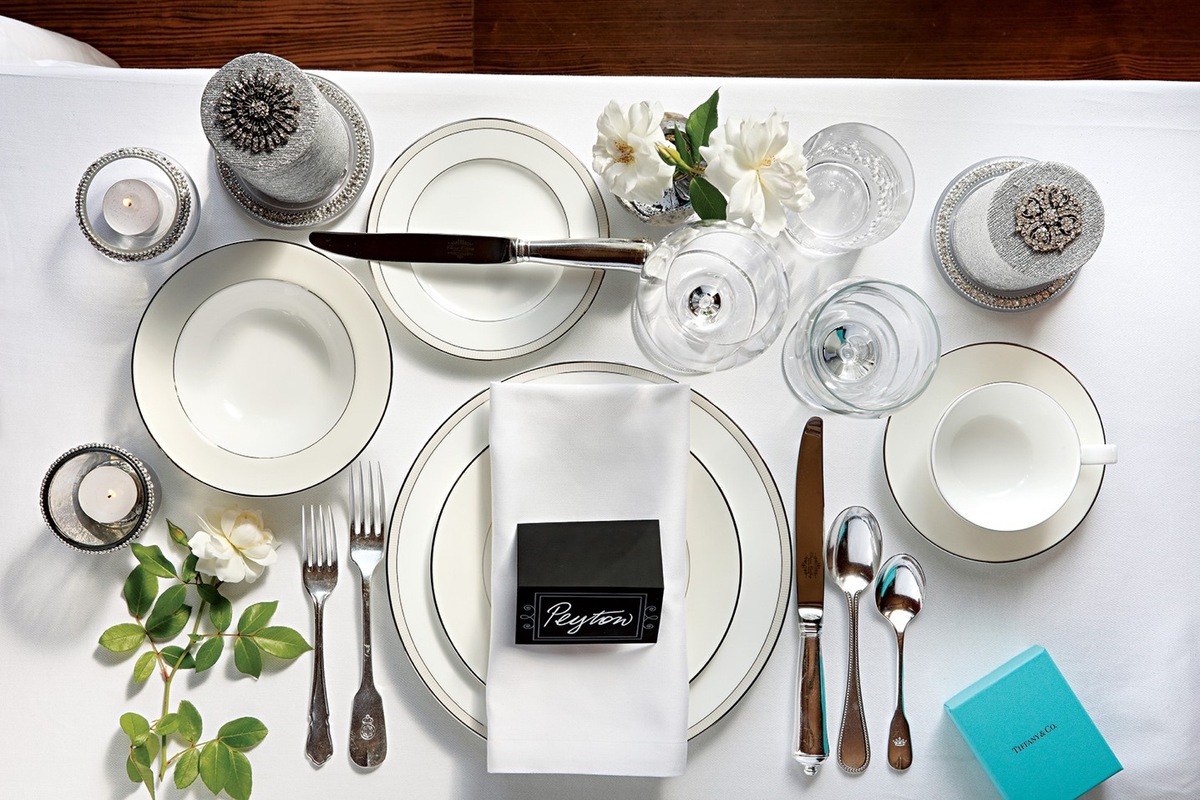

Tableware
How Many Pieces Of Dinnerware May Be Included In One Person’s Formal Meal Setting?
Modified: February 20, 2024
Discover the perfect tableware for your formal meal setting. Learn how many pieces of dinnerware are typically included in one person's table setting and create an elegant dining experience.
(Many of the links in this article redirect to a specific reviewed product. Your purchase of these products through affiliate links helps to generate commission for Storables.com, at no extra cost. Learn more)
Introduction
When it comes to hosting a formal meal, the tableware plays a crucial role in setting the tone and ambiance of the occasion. From the elegant dinner plates to the delicate cups and saucers, each piece has its own purpose and contributes to the overall dining experience. Understanding how many pieces of dinnerware are typically included in one person’s formal meal setting is essential to ensure all the necessary elements are present.
In this article, we will explore the various components of a formal meal setting, from the basic essentials to the finer details. Whether you are hosting a special dinner party or want to elevate your everyday dining experience, knowing the right tableware to incorporate can make all the difference.
Note: The number of pieces mentioned may vary depending on cultural customs and personal preferences. The information provided here represents a general guideline.
Key Takeaways:
- Elevate your formal meal setting with the right tableware, from elegant dinner plates to delicate cups and saucers. Each piece contributes to the ambiance and dining experience, creating a lasting impression on your guests.
- Understanding the appropriate number of pieces and their proper placement is essential for creating an elegant and well-coordinated table setting. Pay attention to details and add your personal touch to make it uniquely yours.
Dinner Plates
One of the most significant elements of a formal meal setting is the dinner plate. It serves as the foundation for the entire meal and sets the stage for the culinary delights that will be served. Typically, a formal meal setting includes one dinner plate per person.
Dinner plates come in various shapes and sizes, but the most common size for a formal setting is around 10 to 12 inches in diameter. This size provides enough space for the main course and any accompanying side dishes or garnishes.
It is important to choose dinner plates that complement the overall theme or style of the occasion. Whether you opt for classic white plates for a timeless look or colorful and patterned plates to add a touch of vibrancy, selecting plates that suit your personal style and the event’s theme will enhance the dining experience.
Additionally, consider the material of the dinner plates. Traditional formal meal settings often feature porcelain or bone china plates, as they exude elegance and sophistication. These materials are delicate and should be handled with care.
Note: If you are hosting a more casual event or buffet-style dining, you may opt for larger plates or incorporate different plate sizes for each course.
Salad Plates
In a formal meal setting, salad plates are commonly used to serve the first course, which is typically a salad or appetizer. These plates are smaller in size compared to dinner plates and are designed to hold individual portions of salad or other starters.
Typically, one salad plate is included per person in a formal meal setting. These plates are usually around 7 to 9 inches in diameter, providing ample space for a small salad or appetizer presentation.
Like dinner plates, salad plates can be made of porcelain or bone china to maintain a consistent aesthetic with the rest of the tableware. However, if you prefer, you can also opt for glass or ceramic plates that complement the overall theme or style of the event.
When you set your table, place the salad plate on top of the dinner plate, positioning it to the left. This allows for a seamless transition from the salad course to the main course, as it is customary to remove the salad plate before serving the main dish.
Having individual salad plates not only adds a touch of elegance to the formal meal setting but also allows guests to enjoy their starter without the need for communal sharing.
Note: If you are serving a plated salad as the main course, you may use larger plates for this purpose, eliminating the need for separate salad plates.
Soup Bowls
A formal meal setting often includes soup as one of the courses. To serve this comforting dish, soup bowls are essential tableware pieces. Soup bowls are designed with wide, shallow rims and deeper centers, making them ideal for containing hot liquids and allowing for easy spooning.
In a formal setting, one soup bowl per person is typically provided. These bowls can range in size, but they are often around 8 to 10 inches in diameter and have a capacity of about 8 to 12 ounces.
When arranging the table, place the soup bowl on top of the dinner plate, positioned to the right. This ensures that the soup course is easily accessible and seamlessly transitions into the main course.
Soup bowls can be made from a variety of materials, including porcelain, clay, or glass, depending on the desired aesthetic. Choose a style that complements the overall table setting and reflects the formality of the occasion.
If you are serving a clear or broth-based soup, consider selecting bowls with a wider rim to showcase the presentation and garnishes. For creamy or chunky soups, bowls with a deeper center help contain the ingredients and prevent spills.
Note: In some formal settings, a separate soup spoon may be provided. This spoon is usually placed to the right of the soup bowl.
Bread and Butter Plates
In a formal meal setting, bread and butter plates are often included to serve individual portions of bread or rolls. These plates are smaller in size compared to dinner plates and salad plates, as they are designed to hold a single slice or portion of bread.
Typically, one bread and butter plate is provided per person. These plates are usually around 6 to 7 inches in diameter, providing enough space for a bread roll, a slice of bread, or a small portion of butter.
Bread and butter plates can be made of the same material as the rest of the tableware or may feature a complementary design. It is common to have them match the overall theme or style of the occasion, enhancing the aesthetic appeal of the table setting.
When arranging the table, place the bread and butter plate above the dinner plate, positioning it to the left. This placement allows guests to enjoy their bread alongside the rest of the meal or as an appetizer before the main course.
Providing individual bread and butter plates creates an elegant and organized dining experience. It allows guests to enjoy their bread without the need for communal sharing and prevents crumbs from scattering across the table.
Note: If you are serving bread as part of a buffet-style meal or using bread baskets for communal sharing, you may opt not to include separate bread and butter plates in the formal place setting.
When setting a formal meal, it is customary to include a dinner plate, salad plate, bread plate, soup bowl, and a variety of glassware and flatware. Typically, a total of 5-7 pieces of dinnerware are included in one person’s formal meal setting.
Read more: How Many Formal Place Settings Do I Need
Cups and Saucers
In a formal meal setting, cups and saucers are essential for serving hot beverages such as tea or coffee. They add an elegant touch to the table and provide guests with a delightful drinking experience.
Typically, one cup and saucer set is included per person. The cups are usually small in size, with a capacity of around 6 to 8 ounces, allowing for a single serving of hot beverage.
Cups and saucers come in various designs and materials, including porcelain, fine china, or even glass. Choose a set that matches the overall theme or style of the formal setting, ensuring that they complement the other tableware pieces.
The saucers serve both a functional and decorative purpose. They provide a stable base for the cups, preventing them from tipping over, and can also be used to hold a small spoon or a sweet treat like a biscotti or sugar cube.
When arranging the table, place the cup and saucer set to the right of the dinner plate, above the soup bowl. This placement allows guests to enjoy their hot beverage after the meal or between courses.
Using cups and saucers in a formal meal setting adds an air of sophistication and refinement. It encourages guests to savor their hot beverages while enjoying the company and conversation around the table.
Note: If you plan to serve a variety of hot beverages, such as both tea and coffee, you may include separate sets of cups and saucers for each type.
Napkin and Napkin Rings
In a formal meal setting, napkins are not only practical for wiping hands and mouths but also serve as decorative elements on the table. They add a touch of elegance and sophistication to the dining experience.
Typically, one napkin is provided per person in a formal setting. Napkins can be made from various materials, such as linen, cotton, or even paper, depending on the formality of the occasion.
Napkins can be folded in different creative ways to enhance the table presentation. Common folding styles include the basic square fold, the elegant fan fold, or the intricate origami-like designs. Choose a fold that suits the overall theme or style of the event.
Napkin rings are often used to hold the napkins in place and add an extra touch of sophistication. These rings can be made from various materials, including metal, wood, or even bejeweled options for a more ornate look.
When arranging the table, place the folded napkin to the left of the dinner plate or on the dinner plate itself. The napkin ring can be positioned on top or beside the napkin, adding an aesthetic flair to the table setting.
Napkins and napkin rings can be coordinated with the color scheme or theme of the event, adding a cohesive and polished touch to the table. Additionally, embroidered or monogrammed napkins can be used to personalize the dining experience or signify a special occasion.
Note: If you choose not to use napkin rings, you can simply fold the napkins and place them to the left of the dinner plate or on the plate itself.
Silverware/Flatware
Silverware or flatware refers to the utensils used for dining, including forks, knives, and spoons. In a formal meal setting, the proper selection and arrangement of silverware are essential to create an elegant and refined table setting.
The number of utensils included in a formal meal setting may vary depending on the courses being served and personal preferences. However, a typical formal place setting includes the following:
- Dinner Fork: This fork is placed to the left of the dinner plate and is used for the main course.
- Salad Fork: Positioned to the left of the dinner fork, the salad fork is used for the salad course.
- Soup Spoon: Placed to the right of the dinner knife, the soup spoon is used for soup or other liquid-based courses.
- Dinner Knife: Positioned to the right of the dinner plate, the dinner knife is used for the main course.
- Butter Knife: If serving bread or rolls, the butter knife is placed on the bread and butter plate.
- Teaspoon: Positioned to the right of the soup spoon, the teaspoon is typically used for stirring coffee or tea.
It is important to note that silverware should be arranged in the order of use from the outside in. This means that the utensils for the first course are placed on the outermost positions, while those for subsequent courses are placed closer to the plate.
When arranging the silverware, consider the overall aesthetic and theme of the event. Silver or silver-tone flatware is commonly used for formal occasions, but other options such as gold or stainless steel can also be chosen to match the desired style.
Proper placement and alignment of silverware add a sense of refinement and sophistication to the formal meal setting, ensuring that guests are equipped with the appropriate utensils for each course.
Note: If you are serving additional courses or using different utensils, such as steak knives or seafood forks, adjust the arrangement accordingly.
Glassware
Glassware is a crucial component of a formal meal setting, as it not only serves a functional purpose but also adds a touch of elegance to the table. The right selection and arrangement of glassware can enhance the dining experience and contribute to the overall aesthetic of the occasion.
Here are the common types of glassware included in a formal meal setting:
- Water Glasses: Typically, one water glass is provided per person. These glasses are large and designed to hold water or other non-alcoholic beverages. They are placed above the dinner knife, to the right of the dinner plate.
- Wine Glasses: Depending on the types of wine being served, different types of wine glasses may be included. Red wine glasses have a larger and rounder bowl, while white wine glasses have a smaller bowl. These glasses are placed to the right of the water glass, with red wine glasses positioned closer to the center of the table.
- Champagne Flutes: If champagne or sparkling wine is being served, champagne flutes are included in the formal setting. These tall and slender glasses are placed to the right of the wine glasses or above the water glass.
It is important to choose glassware that suits the occasion and complements the rest of the tableware. Crystal or glass options are commonly used for formal settings, as they reflect light beautifully and create a shimmering effect.
When arranging the glassware, ensure proper spacing and alignment. The glasses should be evenly spaced and aligned with each other, creating a visually appealing composition on the table.
Clean and spot-free glassware adds a sense of sophistication to the formal meal setting. Before using the glassware, ensure that they are properly cleaned and polished to achieve a flawless presentation.
Note: Additional glassware, such as sherry glasses, liqueur glasses, or specialty cocktail glasses, may be included in the formal setting if specific beverages are being served.
Read more: How To Choose Dinnerware
Conclusion
Creating a formal meal setting involves careful consideration of the tableware used to elevate the dining experience and set the desired ambiance. Each piece of tableware, from the dinner plates and salad plates to the soup bowls and bread and butter plates, plays a vital role in enhancing the overall presentation and functionality of the meal setting.
By understanding the appropriate number of pieces to include and their proper placement, you can create an elegant and well-coordinated table setting. Remember that personal preferences and cultural customs may influence variations in the number and arrangement of tableware items.
The selection of materials, such as porcelain, bone china, crystal, or glass, contributes to the aesthetic appeal of the formal meal setting. The choice of colors, patterns, and designs should align with the theme or style of the event, ensuring a cohesive and visually pleasing table arrangement.
In addition to the tableware, attention should also be given to the silverware/flatware, glassware, and napkins. The proper arrangement and coordination of these elements add a touch of refinement and sophistication to the formal dining experience.
Whether you are hosting a special occasion or simply want to elevate your everyday meals, paying attention to the details of your formal meal setting can leave a lasting impression on your guests and create a memorable dining experience.
Remember, while it is important to follow the general guidelines for a formal meal setting, feel free to add your own personal touch and creativity to make the table setting uniquely yours. Enjoy the process of setting the table and savor the joy of sharing a meal with loved ones in a beautifully arranged setting.
Frequently Asked Questions about How Many Pieces Of Dinnerware May Be Included In One Person's Formal Meal Setting?
Was this page helpful?
At Storables.com, we guarantee accurate and reliable information. Our content, validated by Expert Board Contributors, is crafted following stringent Editorial Policies. We're committed to providing you with well-researched, expert-backed insights for all your informational needs.
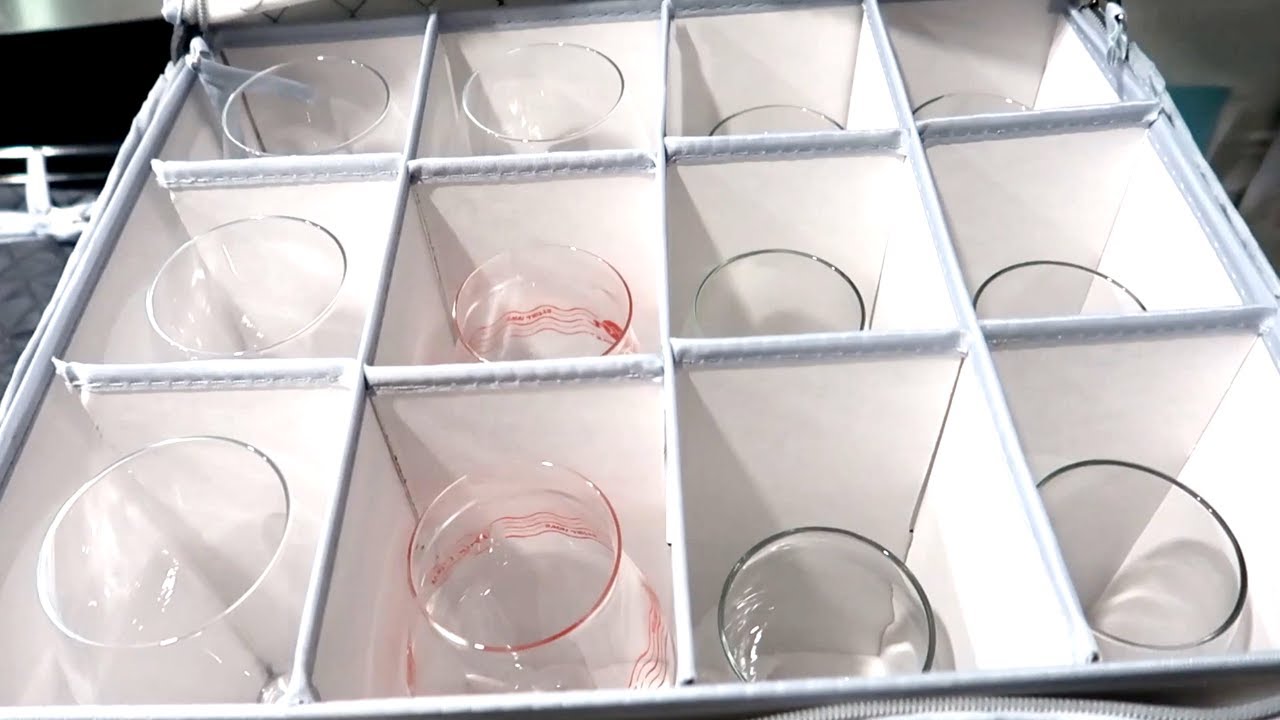
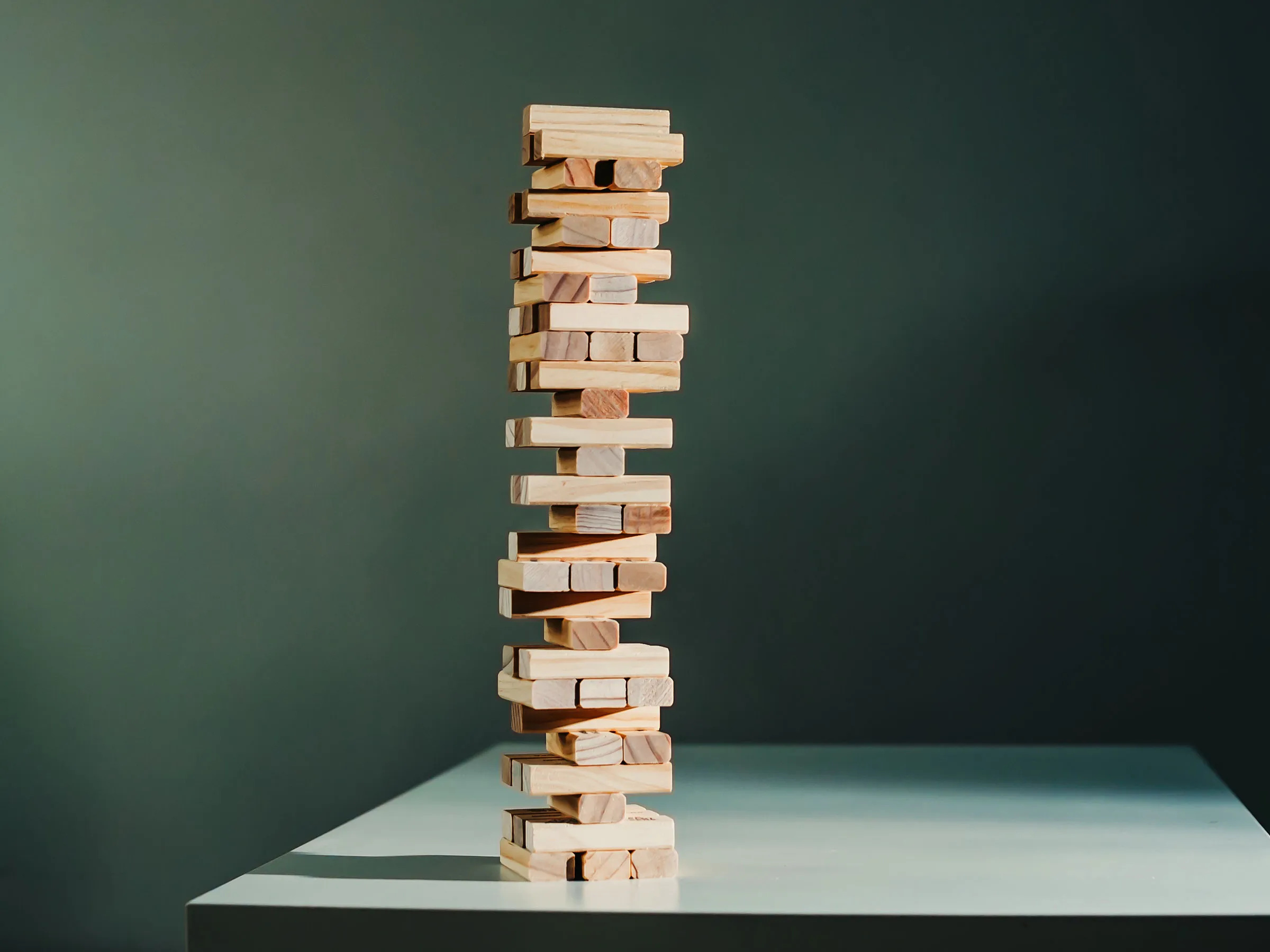
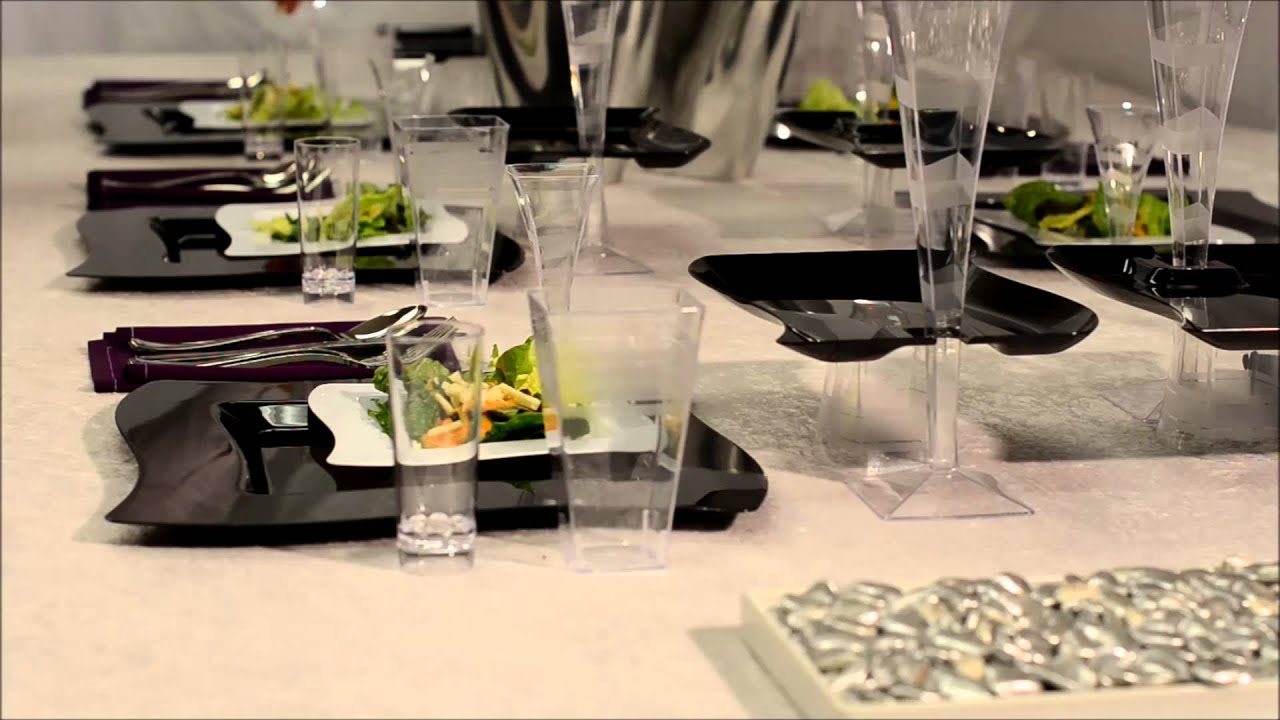
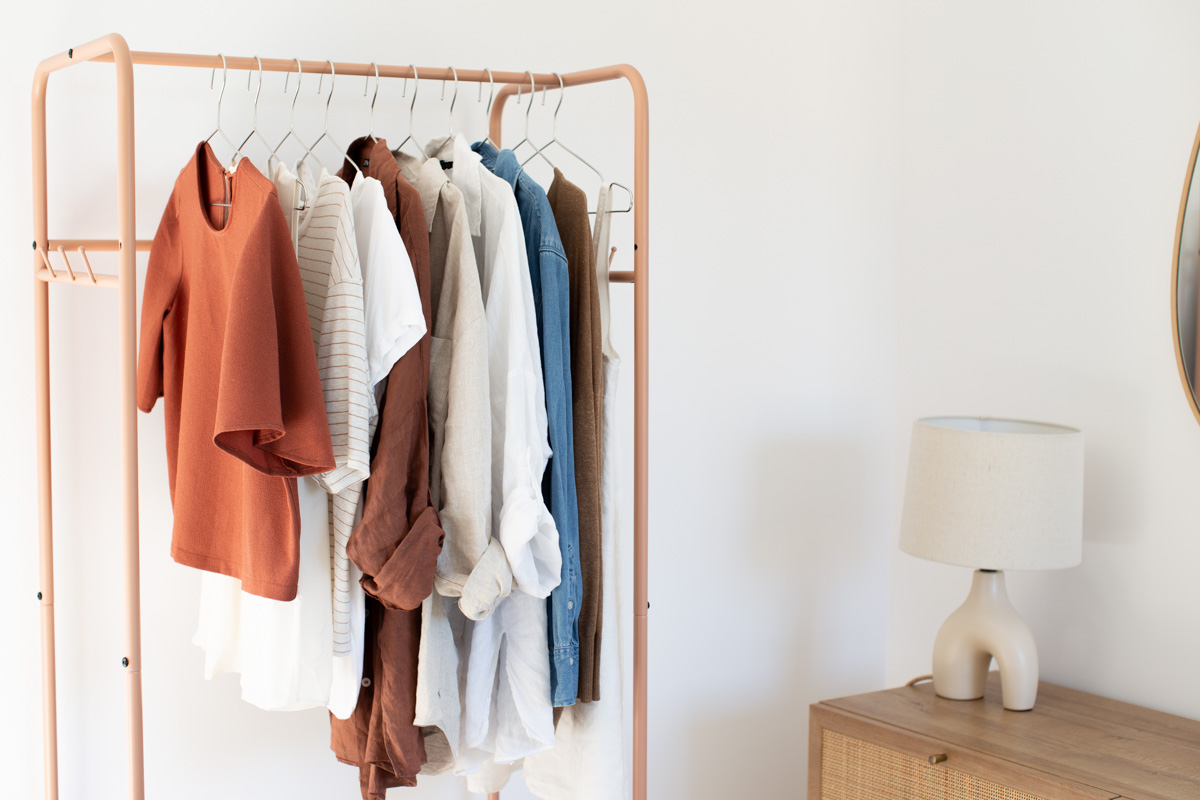
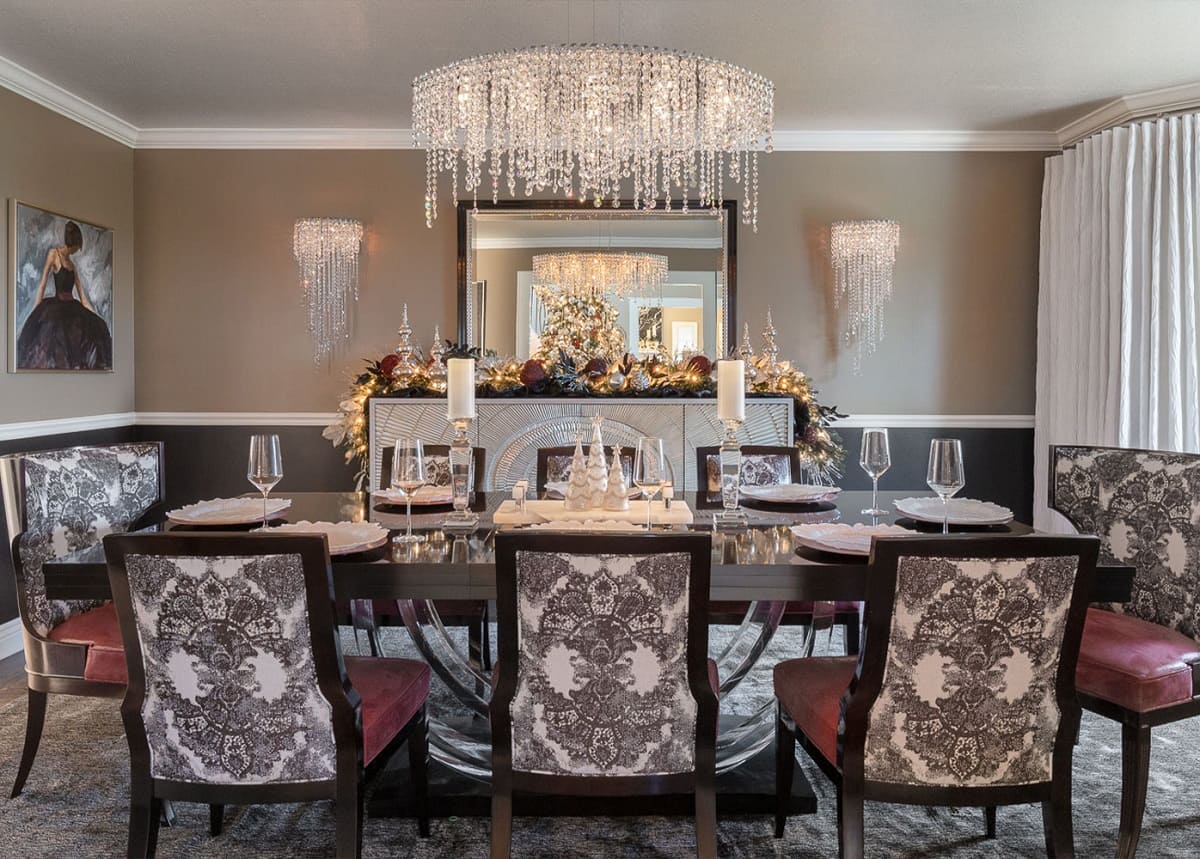
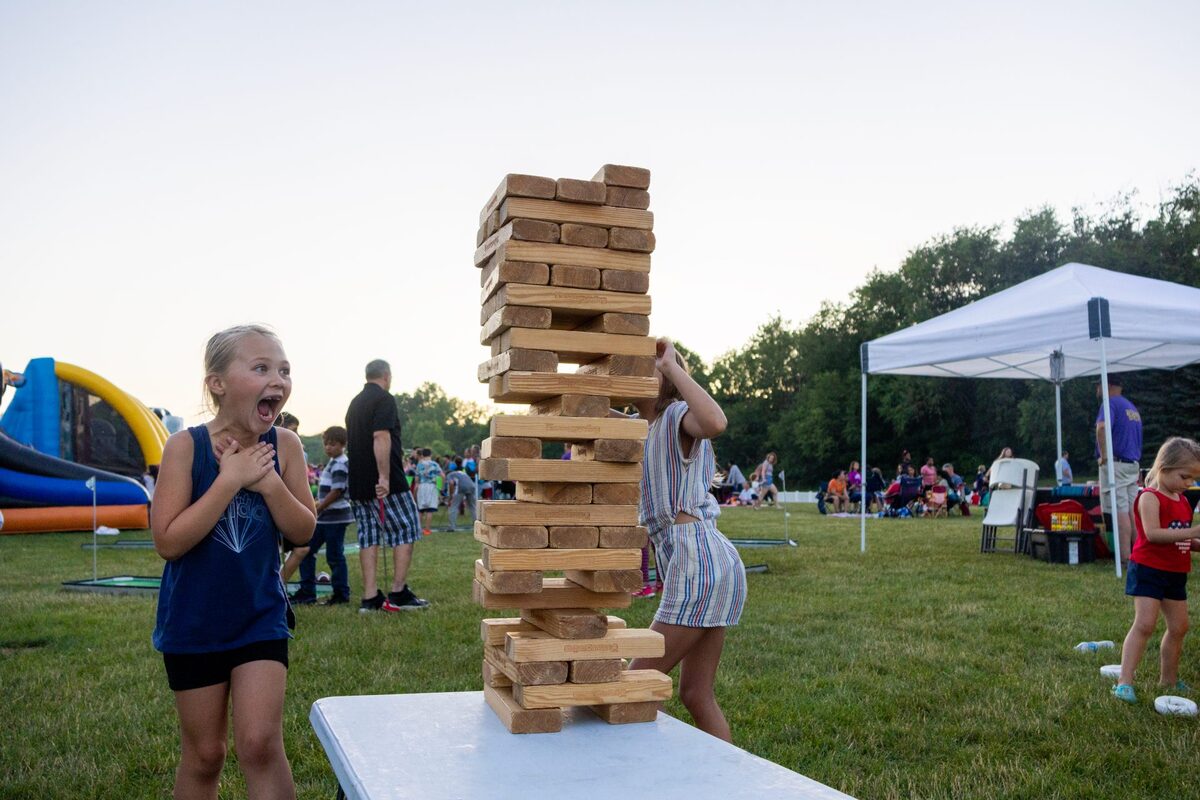
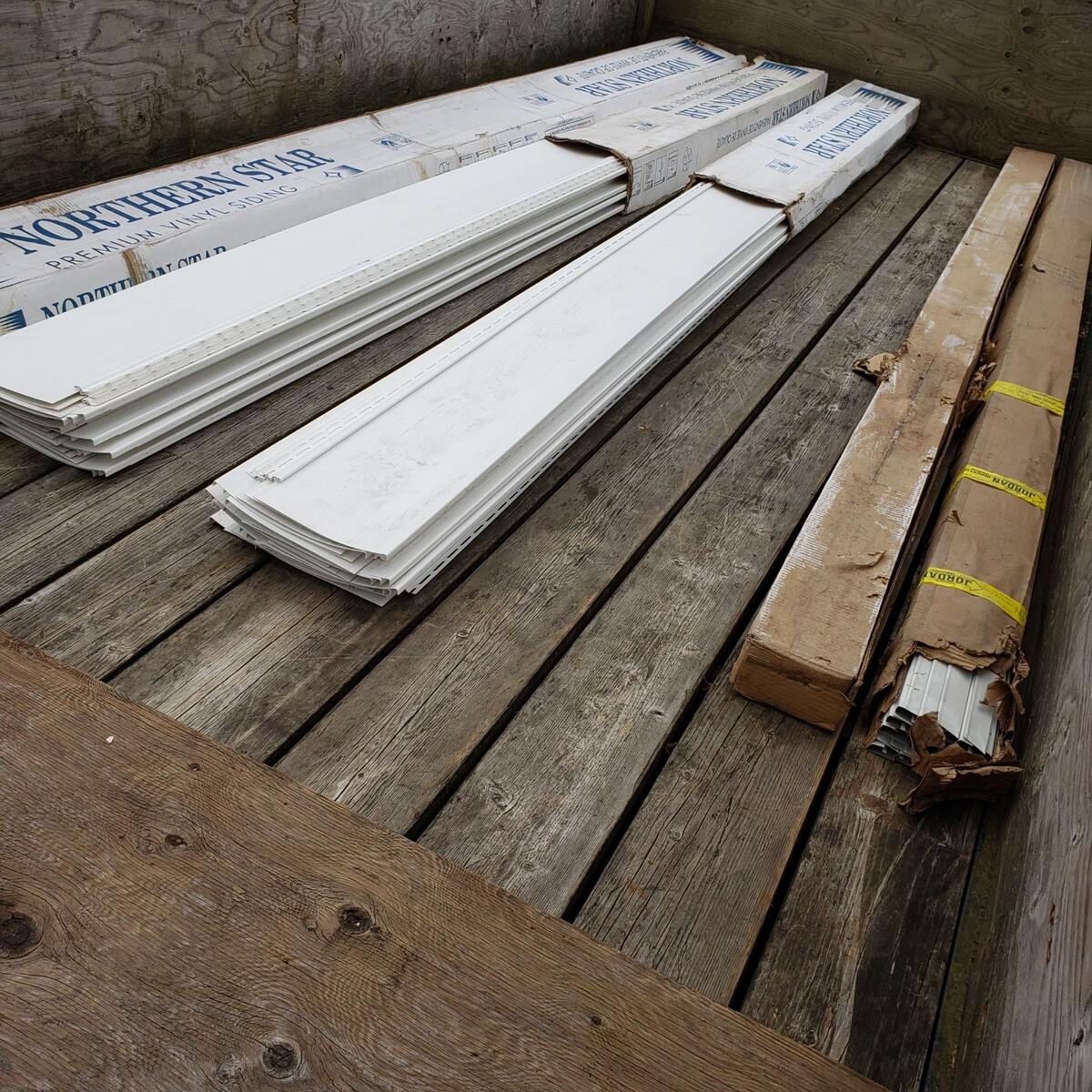


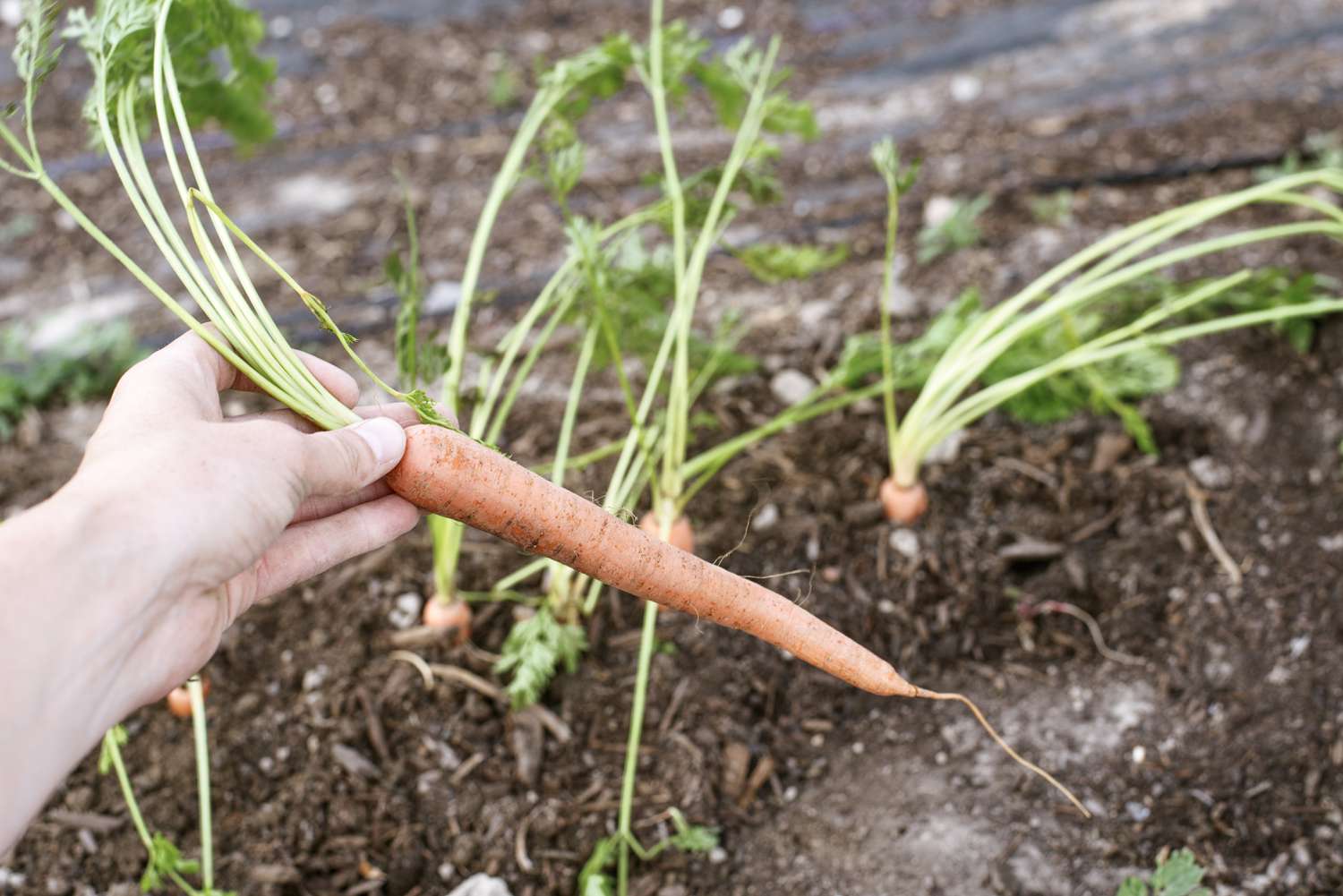
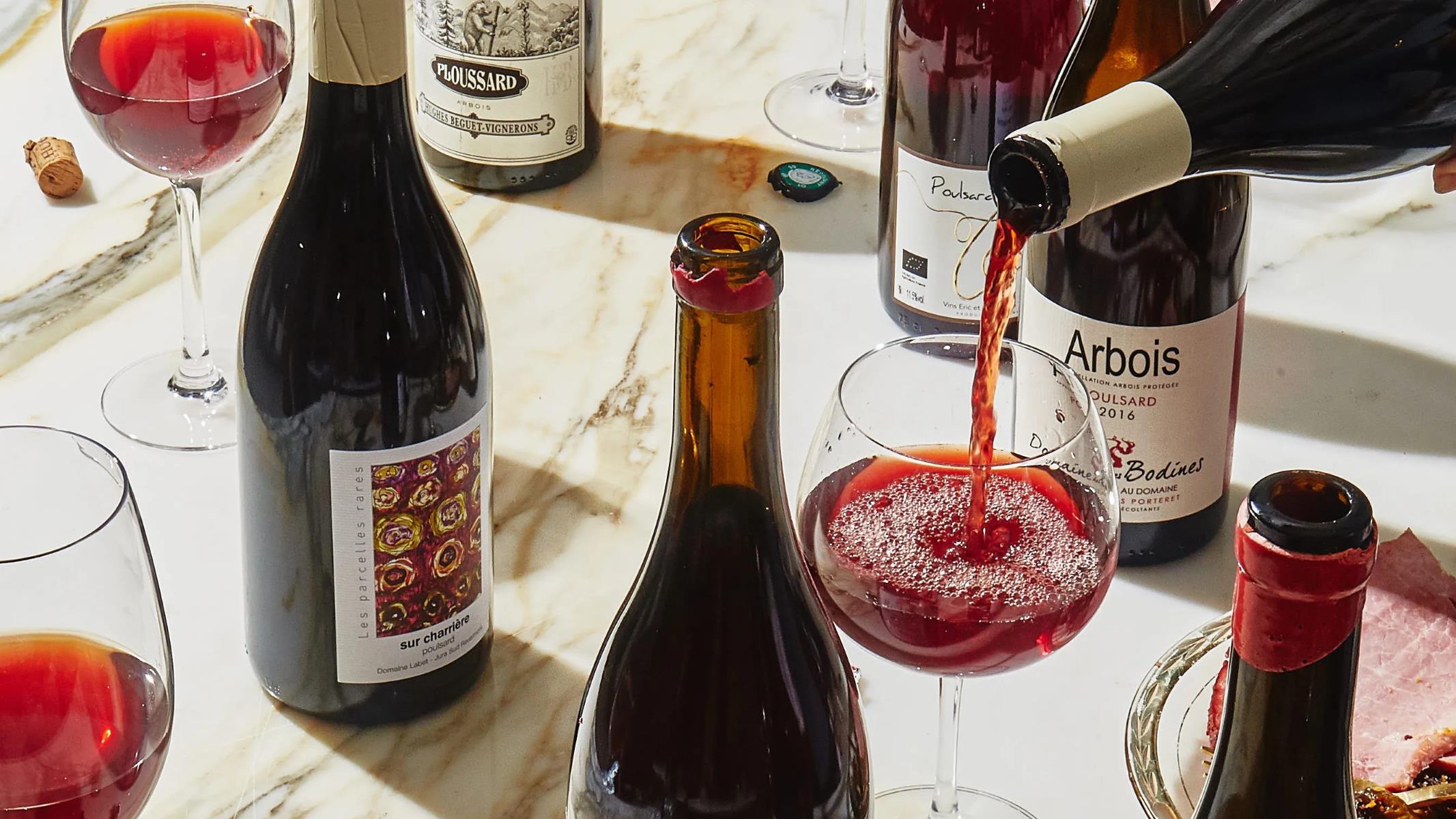
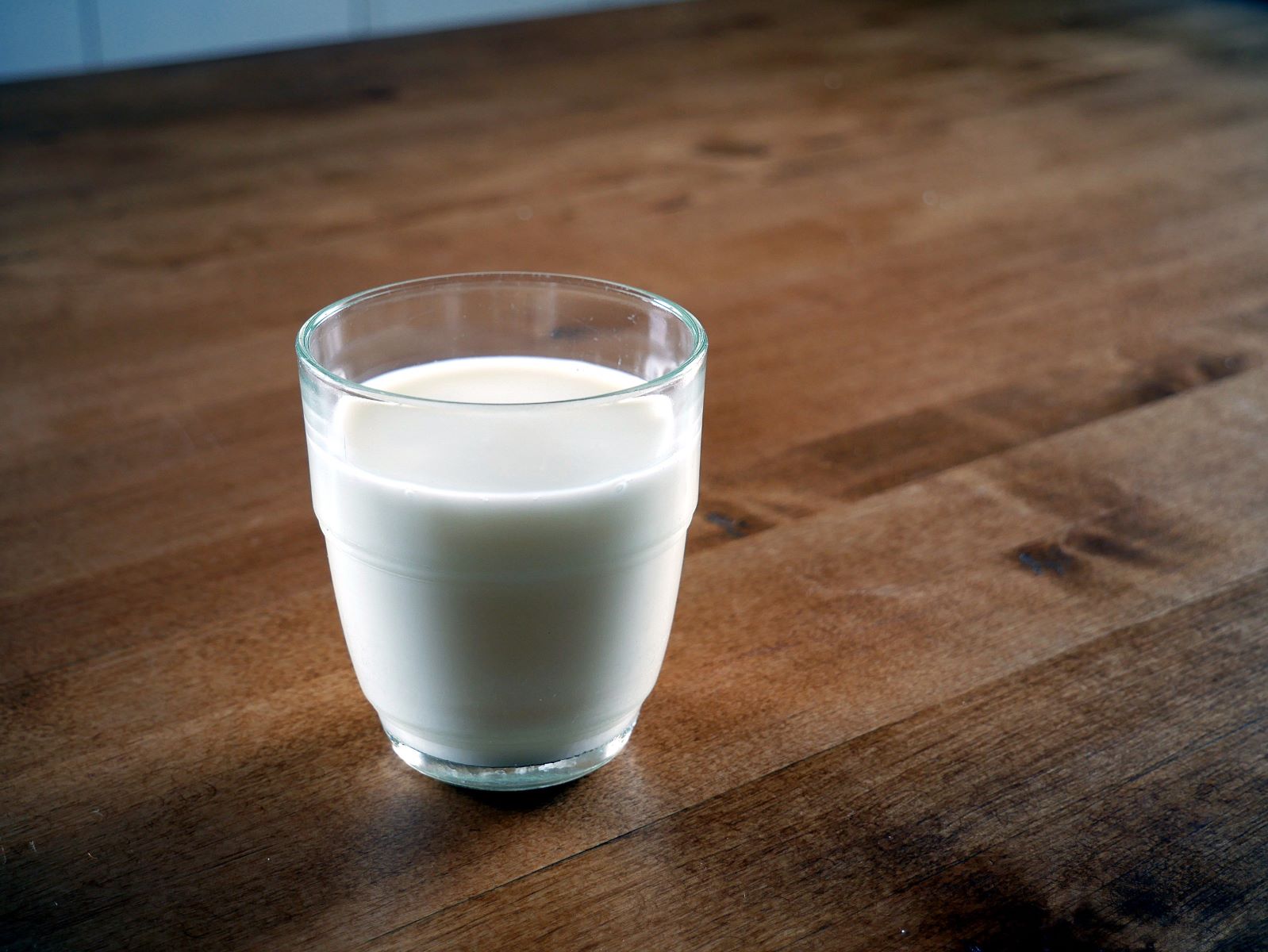
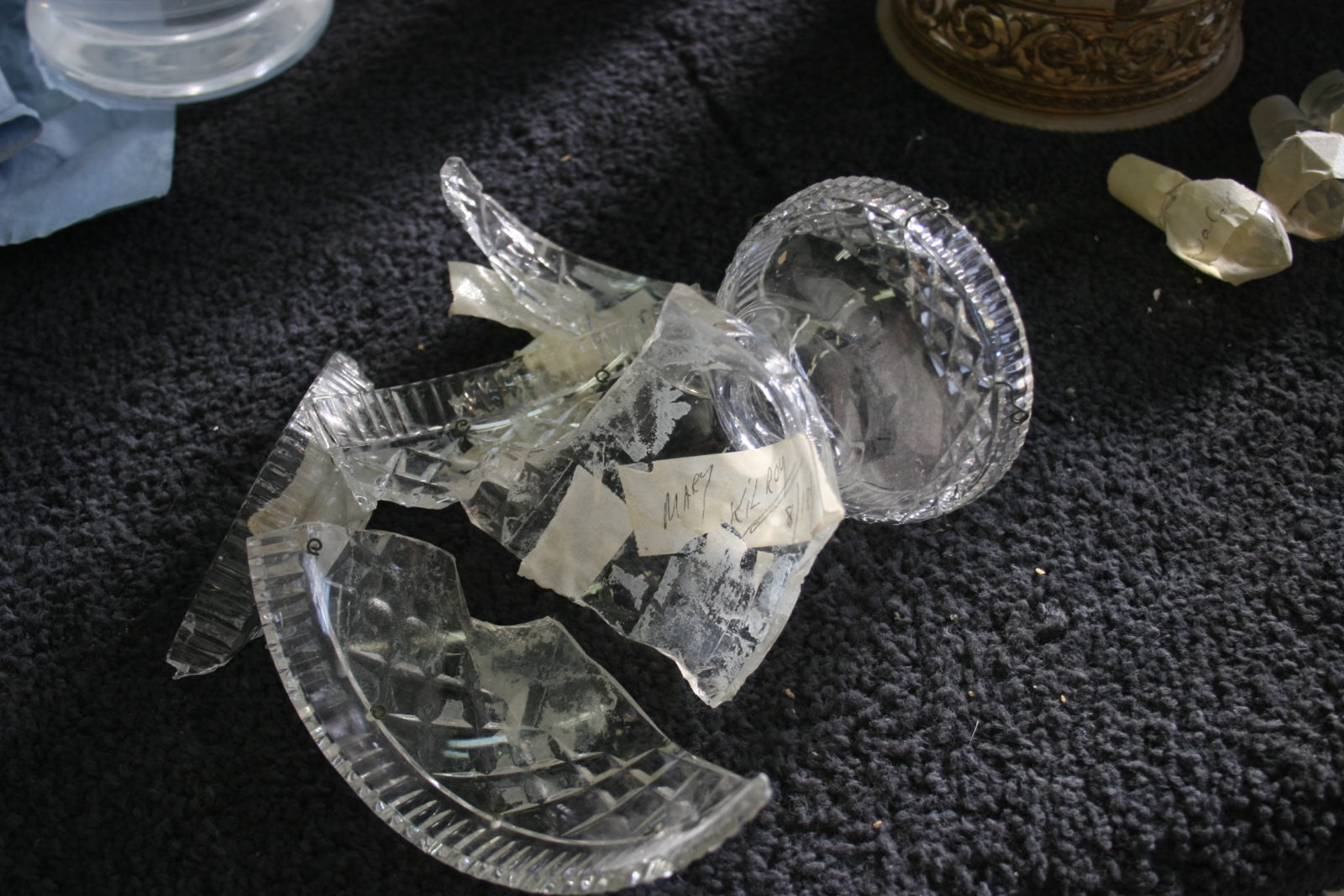

0 thoughts on “How Many Pieces Of Dinnerware May Be Included In One Person’s Formal Meal Setting?”